The hour hand…
| Cail Pearce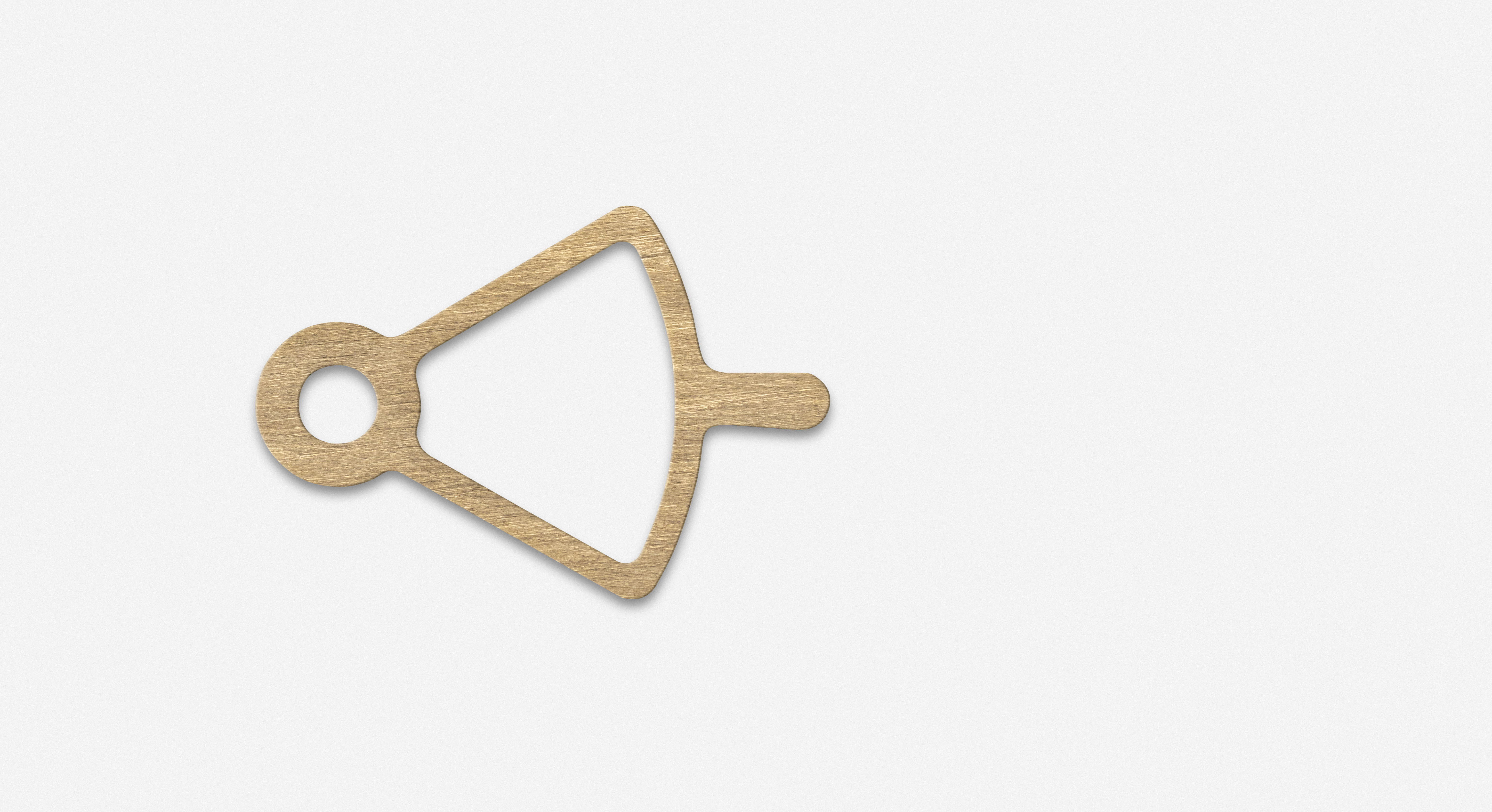
The most distinctive element of Ludwig Oechslin’s two time zones + date watch is its open-worked hour hand. The analog date spiral of course immediately identifies it as an ochs und junior, but this hour hand distinguishes it even from other ochs und juniors. It is truly a head-turning shape – reminiscent of the engine controls on the steamboats of Lake Lucerne – and it was designed by Oechslin to meet a functional need!
On a sunny morning at our workshop in Lucerne, Oechslin shared his two time zones + date prototype with our team, and afterwards, gave it to me to test for a few weeks. Having it on my wrist reminded me of early 2013, when I had first worn Oechslin’s two time zones watch. At that time, my wife was finishing her doctorate at Yale University in the US, and was not yet able to join me in Switzerland. Now I was wearing Oechslin’s two time zones + date prototype, and had the second time zone set to my family’s time on the US East Coast. The way Oechslin’s solution brings together people in different locations – each time you check your home time, you are reminded of your relation’s time – can’t be achieved with a second time zone shown on a sub-dial or an additional hour hand. This special connection between the wearer and a relation makes two time zones + date the most social ochs und junior with a date indication. There was one aspect in this initial testing period that left me unsatisfied though. The original prototype had the same hour hand as the perpetual calendar, and I wanted to be able to read the time in the second time zone even when the hand was covering the number on the timezone disk. I discussed this with Oechslin. A couple days later, he returned to our workshop with a new hour hand he had made on his own personal CNC machine in La Chaux-de-Fonds. It was a shocking shape. The new hand not only clearly showed the time in the second time zone, it also offered an analog view of the second time zone by way of its 2 hour “frame” (the angle of the sides are 60 degrees, or 2 hours).
The 5 photos below illustrate the passing of 1 hour on two time zones + date. There are 6 hours between NYC and Lucerne.
Background: you adjust the timezone disk in crown position 1 so that the number displayed at 12 matches the difference between your selected time zones. If the second time zone is ahead of yours, you put the number of hours at 12 o’clock. This “adds” these hours to the current time shown by the hour hand. If the second time zone is behind yours, you subtract this number from 12, and put that number at 12 o’clock. This “subtracts” these hours from the current time shown by the hour hand. Other examples and are available on the interactive watch on the Facts page.
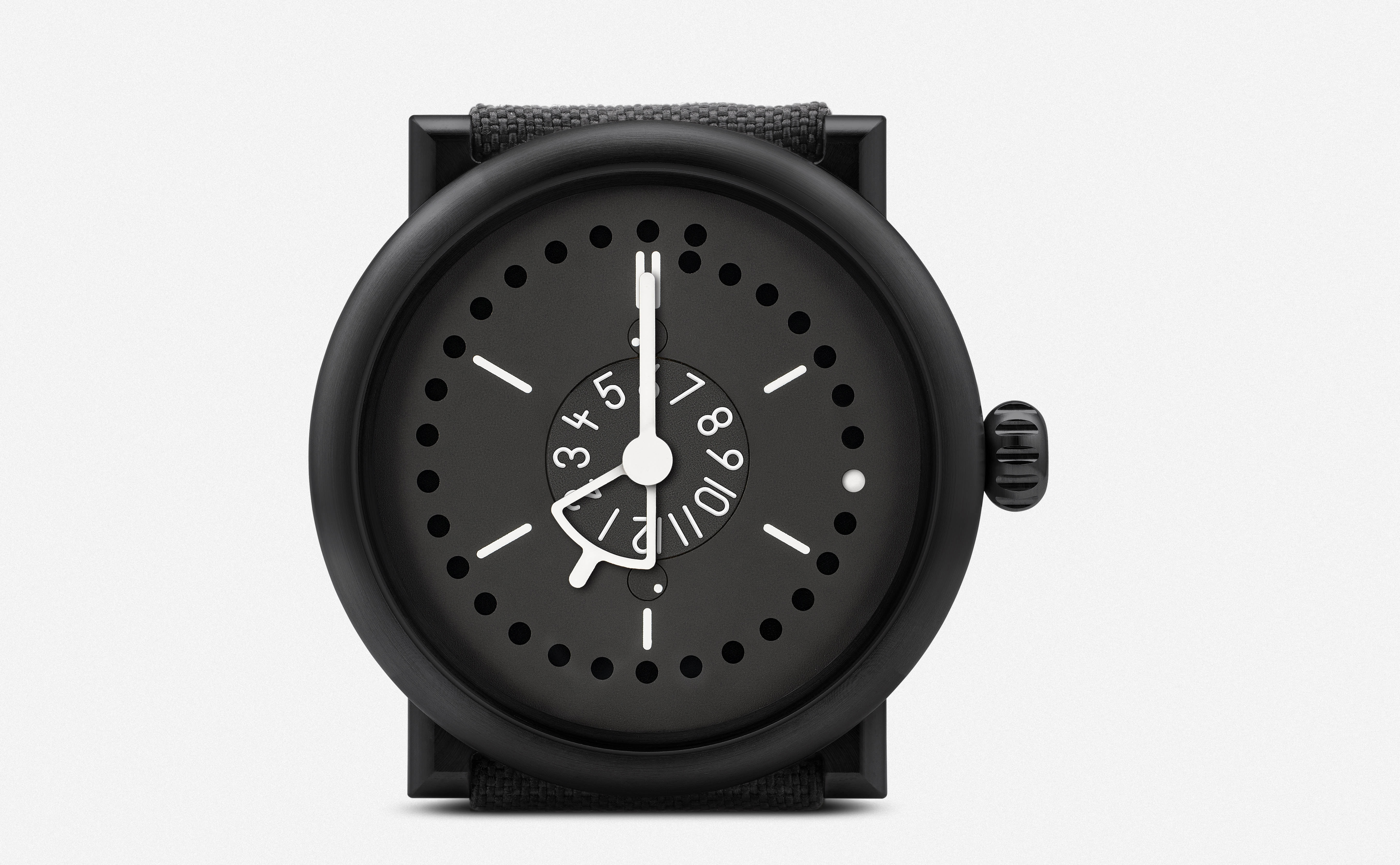
The time in Lucerne is 7:00, and the time in NYC is 1:00. The “1” is exactly in the middle of the two hour frame, indicating it is precisely 1 o’clock.
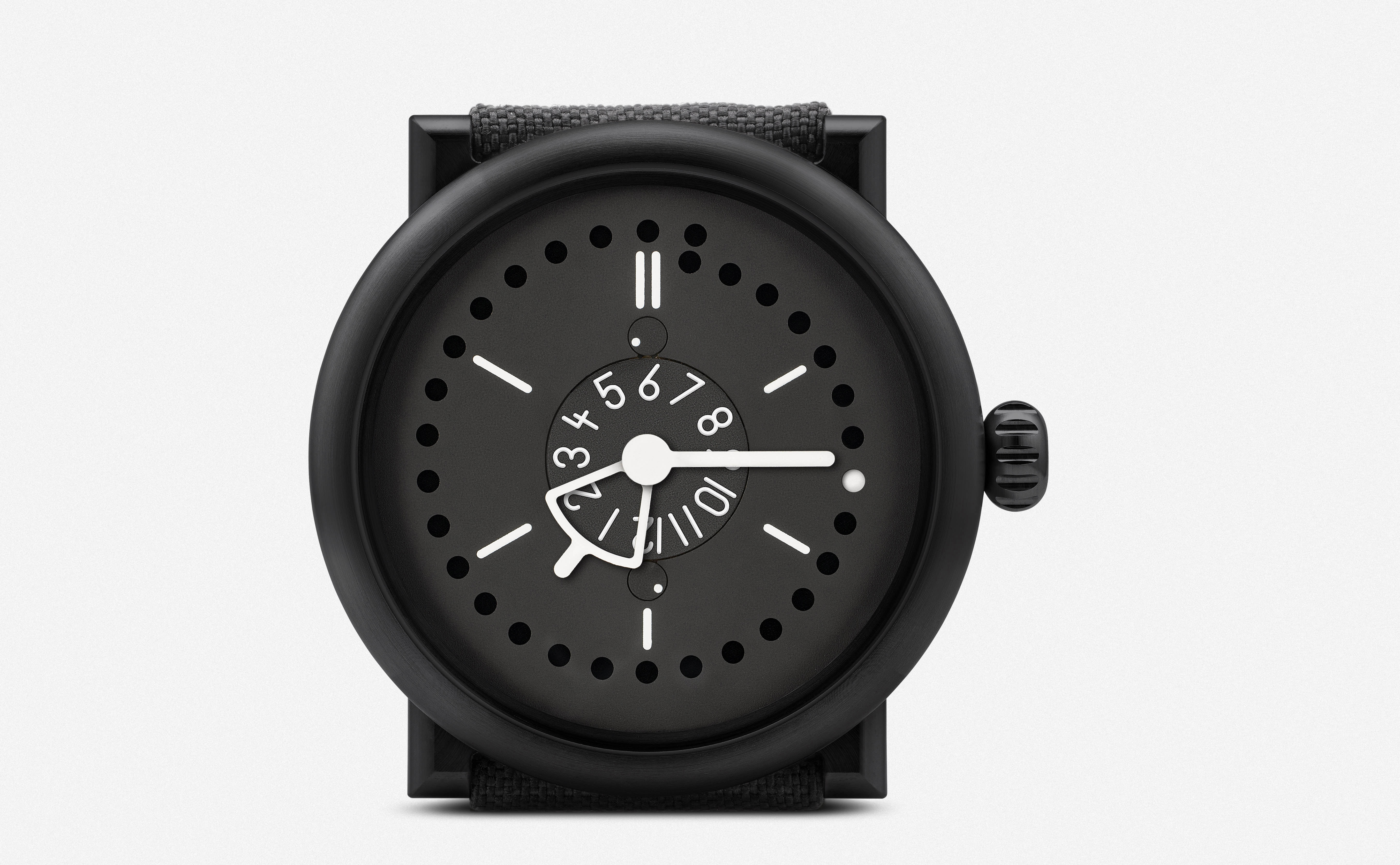
The time in Lucerne is 7:15, and the time in NYC is 1:15. The tip of the hour hand has begun moving towards 8 o’clock (home time), and towards 2 o’clock (away time).
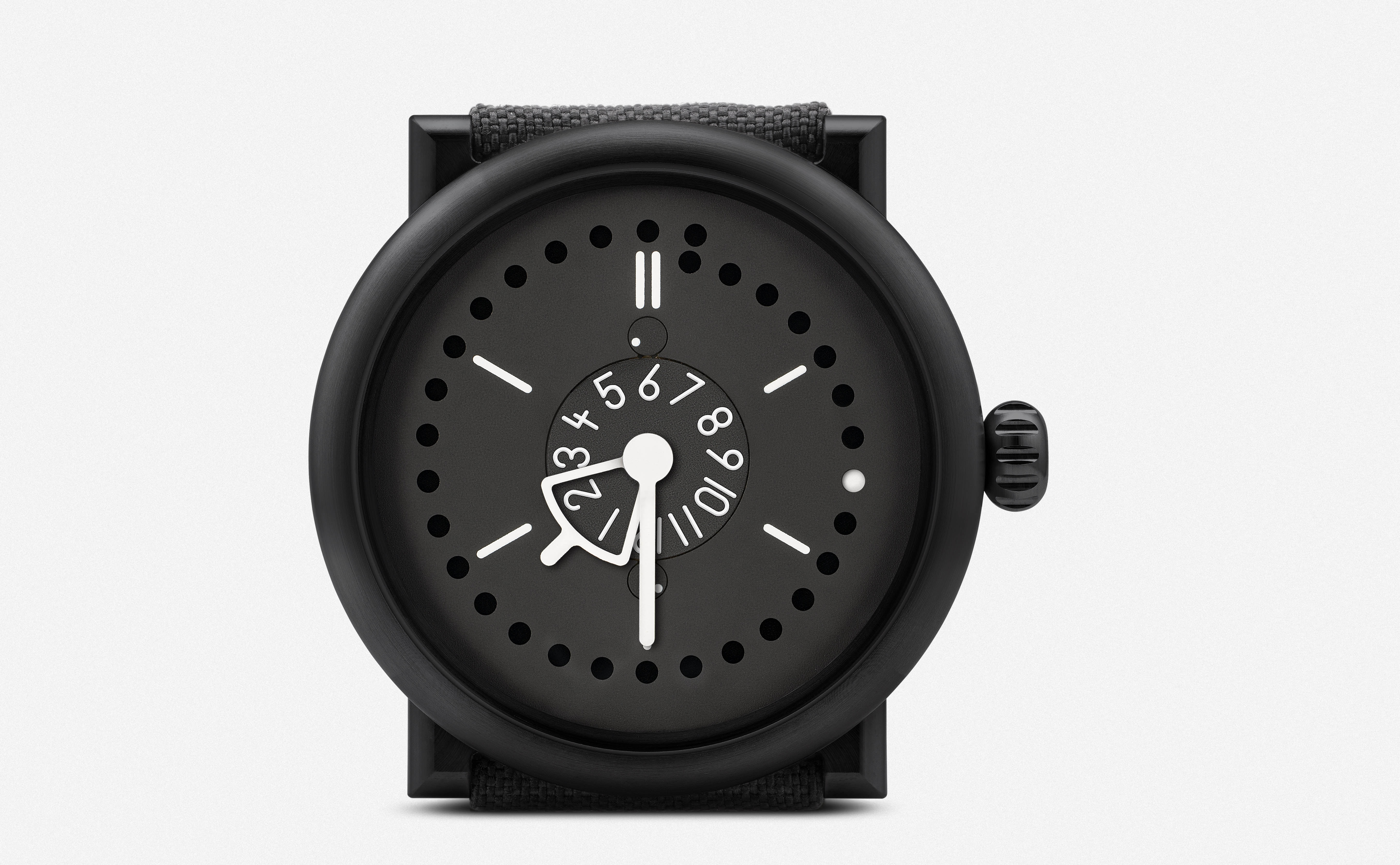
The time in Lucerne is 7:30, and the time in NYC is 1:30. The tip of the hour hand is now exactly halfway between 7 o’clock and 8 o’clock, and it is also exactly halfway between 1 and 2 o’clock inside the hour hand frame.
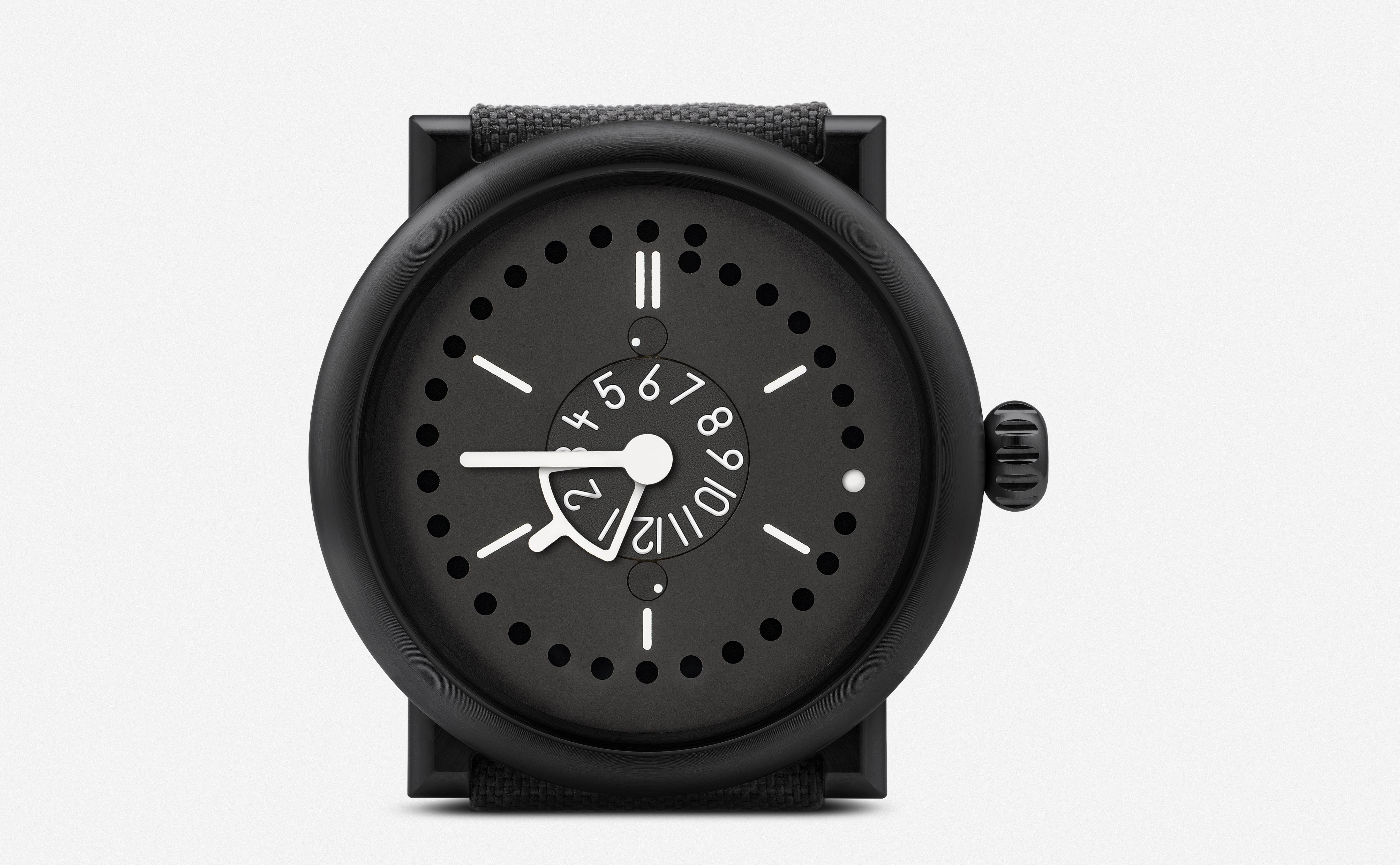
The time in Lucerne is 7:45, and the time in NYC is 1:45. The tip of the hour hand is 3/4ths of the way to 8 o’clock, and the tip is also 3/4ths of the way towards 2 o’clock inside the hour hand frame.
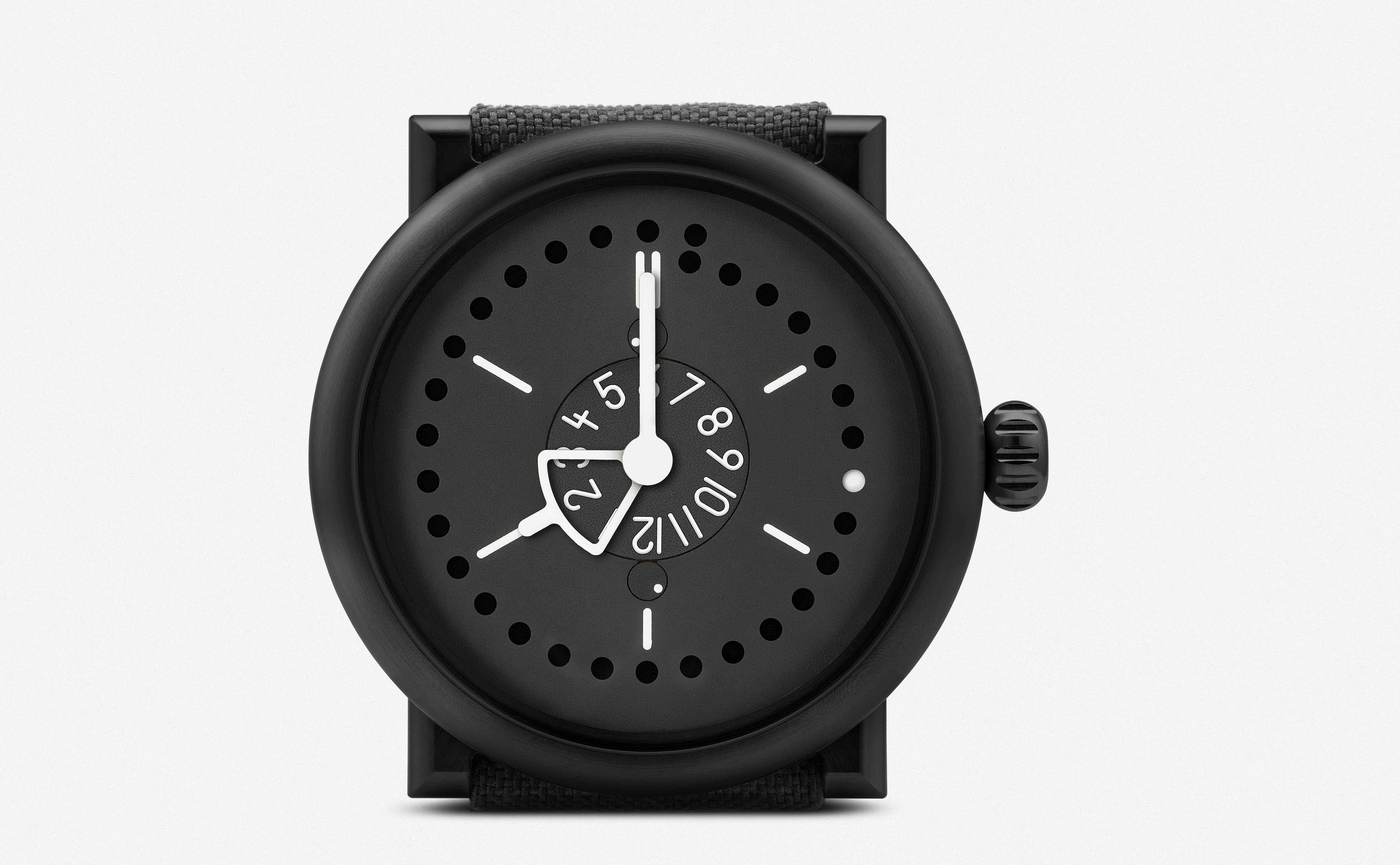
The time in Lucerne is 8:00, and the time in NYC is 2:00. The “2” is exactly in the middle of the two hour frame, indicating it is precisely 2 o’clock.